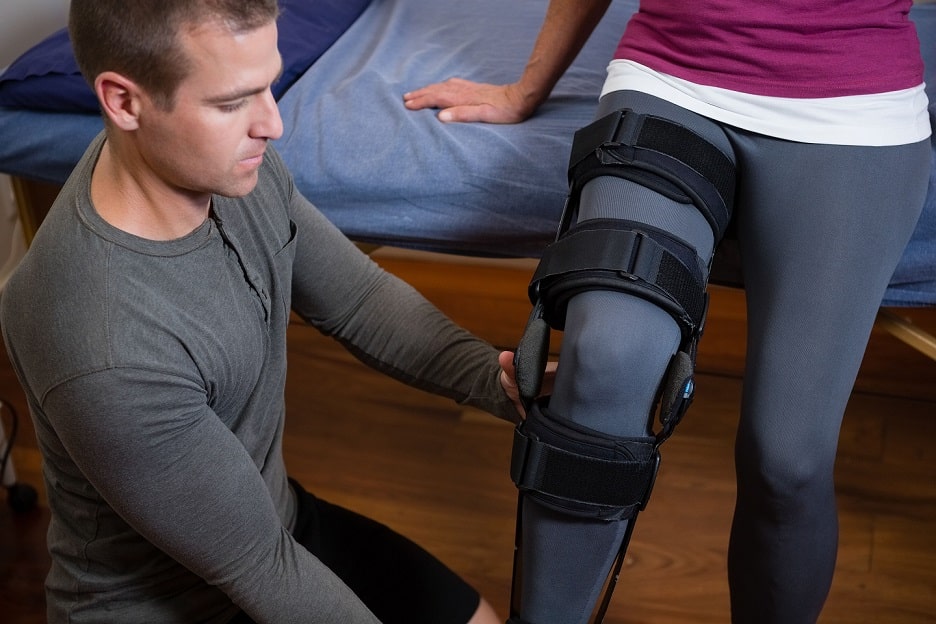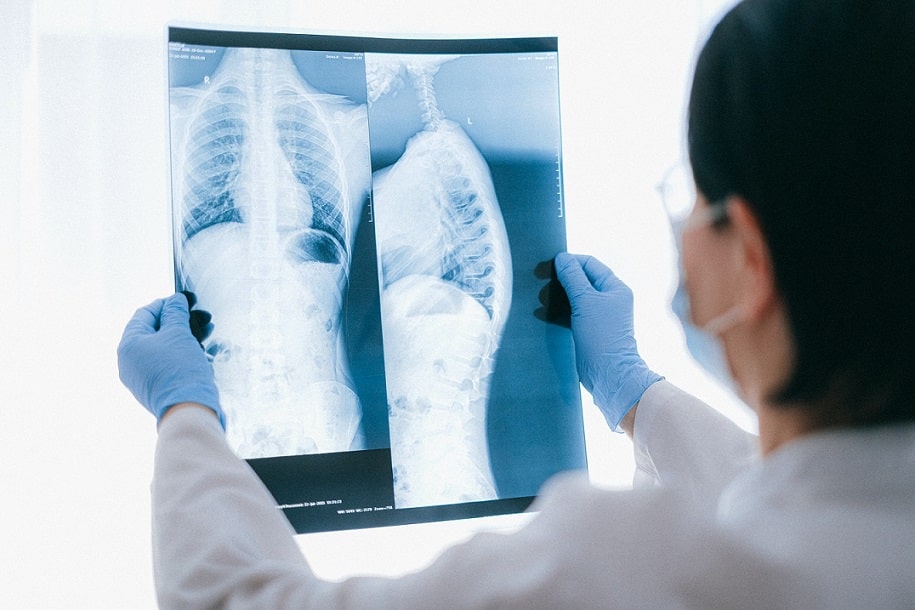It is a startling statistic provided by the Health and Safety Executive (HSE) that on average 13 people a year die at work falling from ladders, and nearly 1,200 suffer major injuries. In 2003/2004, 67 people died and nearly 4,000 suffered serious injury as a result of falling from height in the workplace. This shocking figure was four times the average and demanded more attention to the regulations of using a ladder in the workplace.
In 2005 the Work at Height Regulations came about which provided an amended set of policies for employers to adhere to. In all working environments, a ladder, or step ladder, should only be used for its set purpose; any deviance from this purpose could cause serious injury.
The HSE maintains that “ladders should only be used for low-risk, short-duration work”. By low risk they mean for an activity where ladders must be used rather than the more advanced and secure cherry pickers and scissor lifts; by short duration they refer to using a ladder between 15 and 30 minutes depending on the task.
Various recommendations are in place by the HSE to avoid misuse of ladders and therefore any accidents, fatal or otherwise. These include the ‘three points of contact’ rule where both feet and one hand must be kept in contact with the rungs of the ladder. If this cannot be followed then another platform should be considered. They also propose that the surface a ladder rests on should be stable, firm and of sufficient strength; a mobile ladder should be prevented from moving before being used, and a suspended ladder should be attached securely and swinging prevented.
Graham Clark, 21, died after falling 4.6m (15ft) from his ladder, suffering fatal head injuries” This tragic accident, as reported in the Sunday Sun, shows the disastrous extent an accident on a ladder can cause. But where an employer has not assessed the risk of using a ladder in a situation and results in an accident, there is clearly a breach of duty.
If you have suffered from a fall on a ladder and you believe it was not your fault you may be entitled to compensation. The HSE have provided a guide which can help prevent the most common causes of falls.
|
Common causes of falls include those where:
|
You can help prevent this type of fall if you:
|
|
The user over-reaches
|
Keep your body centred within the ladder
|
|
Always keep three points of contact[8] with the ladder
|
|
The user slips from the ladder
|
Keep the rungs clean and in good condition
|
|
Wear non-slip footwear, if necessary clean the soles before using the ladder
|
|
Are fit to work at height
|
|
Are trained to use a ladder
|
|
Keep three points of contact[9] with the ladder
|
|
Make sure the rungs are horizontal
|
|
The ladder wobbles, slips and falls
|
Position the ladder correctly on a firm, level surface
|
|
Check the feet of the ladder daily
|
|
Fasten the ladder at top and bottom
|
|
Rest the ladder on a firm surface at the top
|
|
The ladder breaks
|
Position the ladder properly, use the 1 in 4 rule for leaning ladders
|
|
Do not exceed the maximum weight limit on the ladder
|
|
Only carry light materials or tools (up to 10kg)
|











